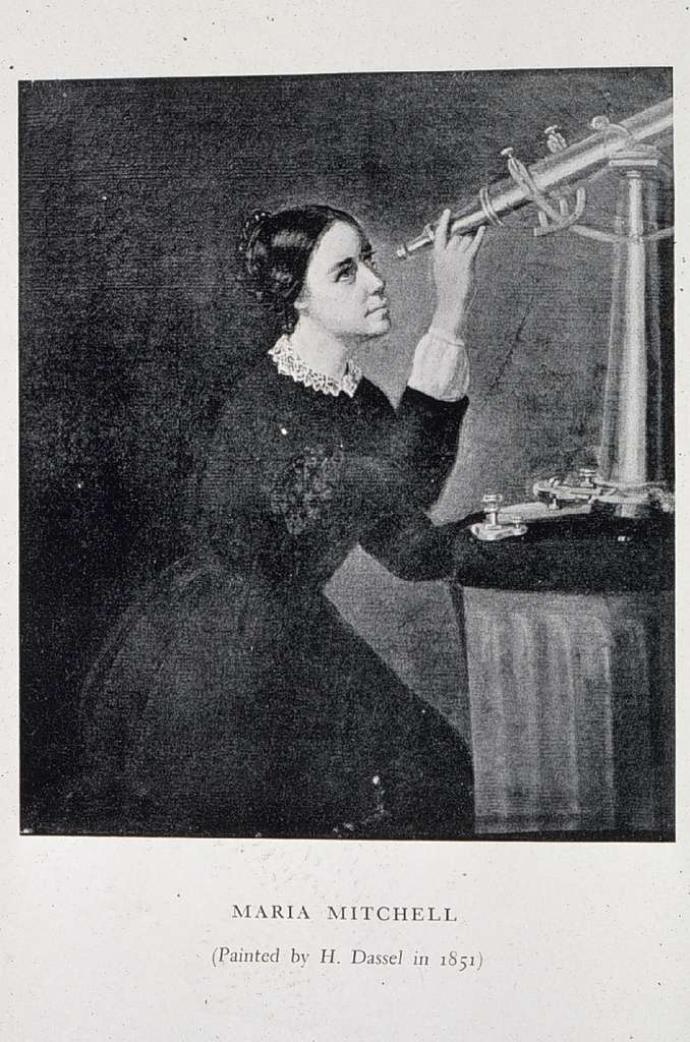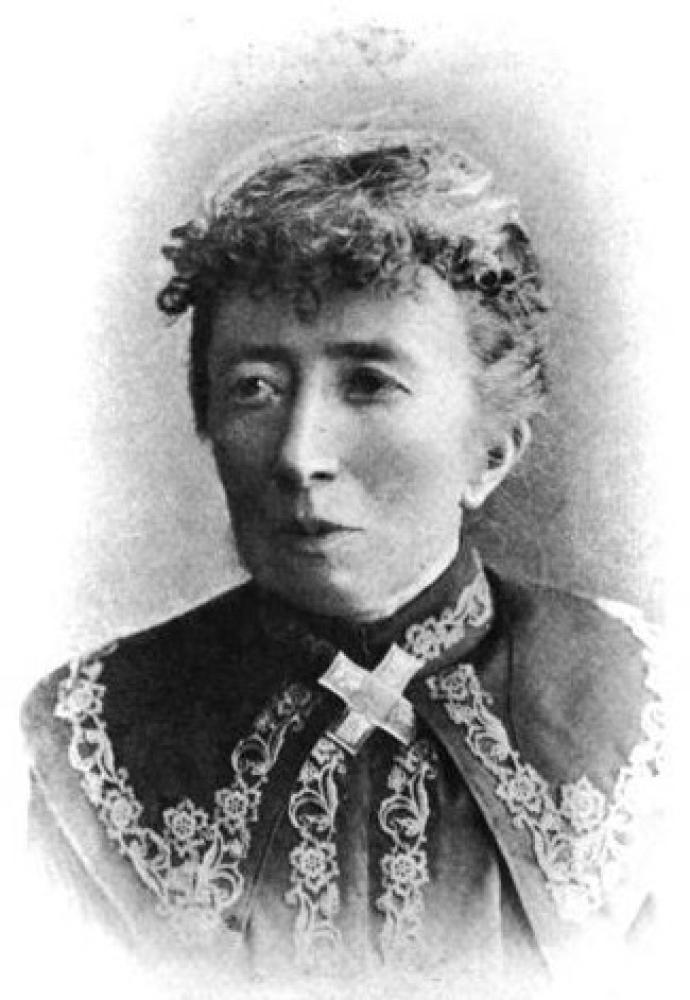Maria Mitchell
Occupation
Astronomer, Educator, Librarian
Year born
1818
Research Areas
Comets, Solar Eclipse, Planets, Double Stars, Nebulae

Agnes Clerke
Occupation
Astronomer, Writer
Year born
1842
Research Areas
History of Astronomy, Biographies, Spectroscopy

Biographies
Many people have changed the course of history. These people are often leaders or rulers, but many are scientists. Scientists have made sense of what we see in the night sky. Their work has revealed how our Universe works.

Plan an observation
Stargazing is something that we can all do. You just need to look up at the night sky. But with a little planning, you can make the experience even better.

Distances in Space
Sheila Kanani
Early Life
Sheila was born in London. Her parents were scientists, but they did not study physics. Sheila was first interested in physics because she wanted to be an astronaut! She graduated in physics with astrophysics at the University of Manchester in 2006. In 2012 she received a doctorate (PhD) in planetary physics from the Mullard Space Science Laboratory. Her research focussed on analysing the magnetic fields of Saturn using data from the Cassini spacecraft
Year born: 1983
Research Areas: Saturn, Planetary Science, Education, Cassini mission
Mario Hamuy
Early Life
Mario was born in Chile. Although his dad was a politician Mario found a love for science. He got degrees in physics and astronomy from the University of Chile.
Year born: 1960
Research Areas: Observational Astronomy, Supernovae, Cosmic Distances
Susan Murabana Owen
Early Life
Susan grew up in Kenya. She studied economics and sociology at University. She also has a Master’s degree in Astronomy.
Susan thinks every child should have the chance to look through a telescope. There are very few astronomers in Kenya. There was also no access to a planetarium when Susan grew up. This made it tough for children to have a go at using a telescope. Many would not know they could do astronomy as a hobby or choose it as a job.
Research Area: Education, Science Communication, Planetariums, and Astronomy
"Astronomy is a huge part of our everyday life and a reminder of how unique and intelligent we are"
